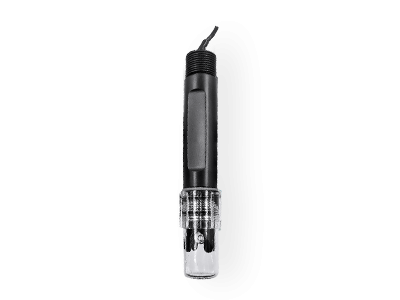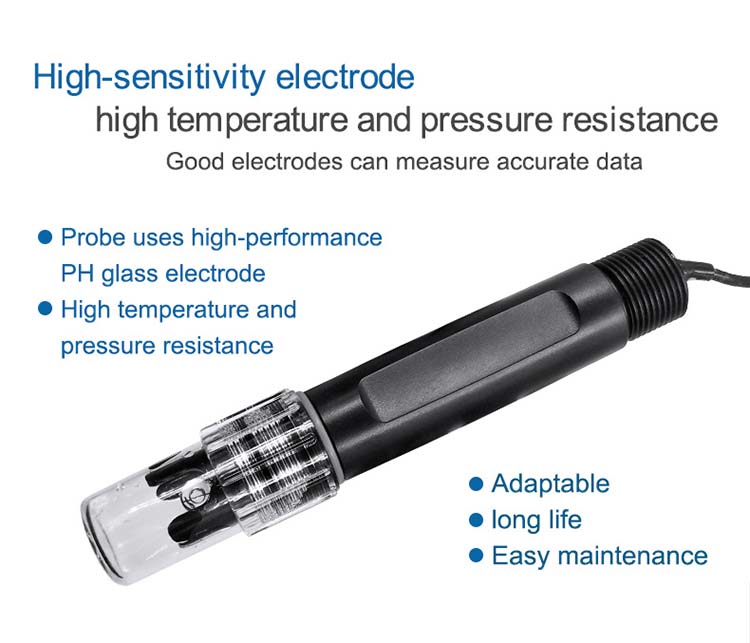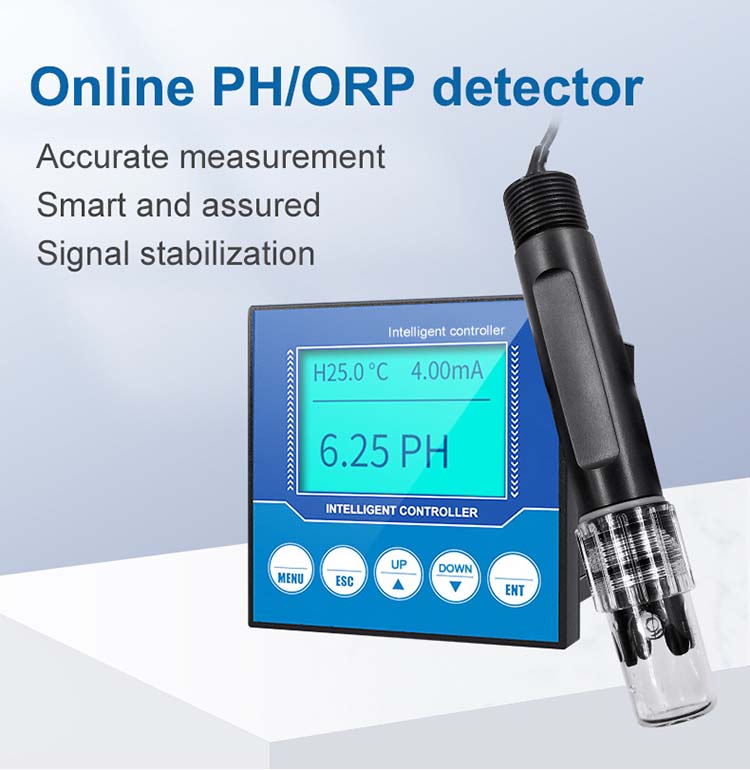
How Does A PH Probe Work?
The pH probe contains two electrodes (a sensor electrode and a reference electrode) that measure hydrogen ion activity in solution. The ion exchange produces a voltage, which the pH meter converts into a readable pH value.

The pH probe contains two electrodes (a sensor electrode and a reference electrode) that measure hydrogen ion activity in solution. The ion exchange produces a voltage, which the pH meter converts into a readable pH value.
The pH probe contains two electrodes (a sensor electrode and a reference electrode) that measure hydrogen ion activity in solution. The ion exchange produces a voltage, which the pH meter converts into a readable pH value.
pH (the potential of hydrogen) measures the interaction between hydrogen ions and hydroxide ions in a water-based solution. A solution with high hydrogen ion activity is an acid. In contrast, a solution with high hydroxide ion activity is a base.
The use of pH probes when measuring pH is important for a wide range of industries, which is why different applications have different pH sensors.
In this article, we will look at how a pH probe works, what a pH probe measures.

Most people are familiar with using litmus paper to measure the pH of a solution. Litmus paper will display different colors based on a pH map without considering the hydrogen ion content, while pH meters must use a pH probe to measure the hydrogen ion concentration.
The pH meter works by measuring the electric potential (voltage) generated by the solution under test and using the potential difference to determine the pH value. An acidic solution has more positively charged hydrogen ions than an alkaline solution, and as a result, the solution has a greater electric potential to generate current.
A pH sensor has three components: the pH meter itself (moving-coil or digital meter), a reference pH electrode, and a pH probe that is inserted into the solution being tested.
Most pH probes contain two electrodes inside the body: a measuring electrode (glass electrode) and a reference electrode. The glass electrode contains a reference electrolyte (usually potassium chloride), which has a neutral pH of 7, therefore, it contains a specific amount of hydrogen ions.
The glass electrode works by measuring the difference in pH between the pH electrode and the solution being tested. The electrode does this by measuring the differences in the voltages of the hydrogen ions produced in both the electrode and the solution. This is easy to work out as we already know the pH value of the glass electrode composition.

A pH meter uses a pH probe to measure the acidity or alkalinity (hydrogen-ion activity) of a solution, expressed as pH. The pH value of a solution is related to the hydrogen ion ratio inside the pH probe and the solution being tested.
When you dip a pH probe into a solution, a number of hydrogen ions will move towards the glass electrode, replacing some metal ions inside, while some hydrogen ions will disperse into the solution being tested. This process of ion-swapping is known as ion exchange and is the main principle of how the glass electrode inside a pH probe works.
Ion exchange also occurs on the inside surface of the glass electrode. Because the potassium chloride inside the electrode and the solution being tested has different acidity, a difference in hydrogen-ion activity happens, resulting in a difference in electrical charges. When this happens, a potential difference appears between the sides of the glass electrode and the reference electrode producing a pH reading on the meter.
Despite the meter measuring voltage, the digital display shows it as a pH measurement. It calculates this based on the voltage difference; the greater the voltage between the pH probe (electrodes) and the solution being tested, the greater the difference in hydrogen-ion activity. The more hydrogen-ion activity that happens, the lower the pH is, and vice versa.
Before using a pH meter, it is important to calibrate it for accurate results and is an important part of general electrode maintenance. We recommend you follow our advice on pH probe calibration to always ensure your pH readings are reliable.